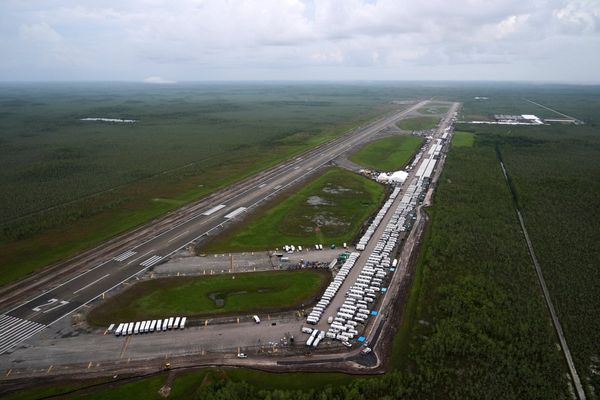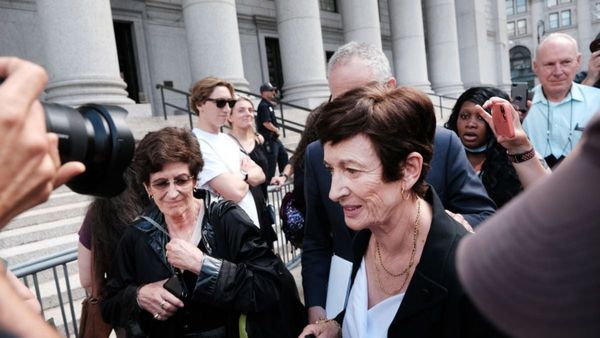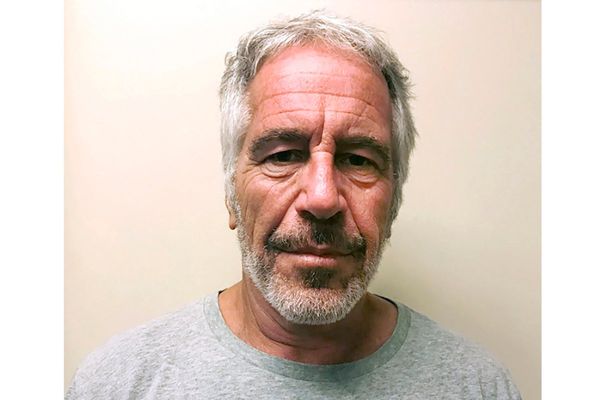Industrial fans hummed as Jane Trewin stepped into what was left of her home, a single-storey weatherboard house with riverfront views of the Maribyrnong.
Inside, walls and floors had been pulled apart, exposing internal frames and wiring as though the home was being X-rayed.
The fans laboured to dry the air before floor and wallboards could be replaced.
It's been six months since the Maribyrnong River burst its banks, bringing floodwaters through Ms Trewin's home and leaving much of her furniture caked in mud.
"I never dreamt there would be that much water through my house. Never dreamt," she said.
Fuelled by days of heavy rainfall in a saturated catchment, the flooding far exceeded authorities' initial predictions, going on to affect what the local council estimates was a total of 525 homes in the Maribyrnong local government area alone.
Residents woken by early-morning alerts fled to higher ground, many later claiming they had too little warning to salvage their possessions.
Two inquiries will probe last year's October 14 disaster, with irate locals hoping their lingering questions will be answered in coming months.
On Friday, flood authority Melbourne Water announced former judge Tony Pagone AM would lead its inquiry into the disaster.
He replaces former chair Nick Wimbush, who stood down amid potential perceived conflict of interest concerns in February.
But some stakeholders are calling for urgent change, warning existing regulations are failing to prepare homeowners for future flooding.
Houses being rebuilt like-for-like
Maribyrnong City Council mayor Sarah Carter is among many who agree the extent of flooding predicted by Melbourne Water was "way off".
As homes across Melbourne's flood-affected north-west are pulled apart and rebuilt, the council has also raised significant concerns about the recovery effort.
In its submission to a review of the flood event launched by Melbourne Water, the council warns homes in flood-prone areas can be demolished to their foundations and rebuilt without explicit permission from the council or Melbourne Water as the flood authority.
According to the document, that is because there is no need for a planning permit if no change to a home's floor level is proposed.
"The permit's only triggered if they're building up or adding an extension," Ms Carter said.
"Basically, what we're seeing at the moment is residents can rebuild like-for-like and be subject to exactly the same threats of a flood event into the future."
The state government has disputed this slightly, saying building surveyors are required to consult with Melbourne Water before building permits, which are a different approval, can be issued.
However, Ms Carter pointed to broader concerns with existing flood zoning.
"What we have seen is flood levels that were predicted for this [flood event] were actually inaccurate for some of the homes," she said.
'No indication' some areas would flood
The council's concerns have been echoed by others, including water engineer Geoff Crapper, who worked for Melbourne Water for several decades and has previously disagreed with the authority over flood protection measures for the Maribyrnong River.
Mr Crapper used calculation methods from his time at Melbourne Water and public data related to the October 14 floods to conduct his own flood modelling.
He claims the river flow data used by the authority at one area upstream of the river was "only a fraction of what it should've been", causing significant errors for its predicted flood levels downriver.
"It's fundamental because that means your flood predictions are going to be much lower," he said.
"You're not going to be able to call a major flood as soon as you should've been able to."
In a statement, a Melbourne Water spokesman did not respond directly to Mr Crapper's claims, but said the agency developed and revised flood projections ahead of and during extreme weather events.
He said the agency warned the October 14 floodwaters would exceed major levels once it obtained real-time data, with a new alert issued shortly before 2:30am that day.
The Moonee Valley City Council, in its submission to the inquiry, called some flood mapping "outdated and inaccurate", pointing to a retirement village that flooded despite being removed from a flood risk zone several years ago.
"Forty-seven properties were flooded despite no indication from Melbourne Water that this would occur," the submission said.
Mayor Pierce Tyson told the ABC the flood modelling should take place at more regular intervals and account for issues such as climate change.
"The forecasting and the warning system failed, and the modelling needs to improve," he said.
A state government spokesman said how planning controls respond to climate change is continually being reviewed.
Calls for upstream basin
The Maribyrnong Council has called on Melbourne Water to include consideration of policy responses and flood mitigation measures in its inquiry, which has been criticised by residents concerned its scope is too narrow.
A resident of 40 years, Jane Trewin wants authorities to consider funding the Arundel basin, a type of dam intended to slow flooding densely populated areas downstream. A proposal for a dam at Arundel has previously been put forward by Mr Crapper.
"It is a beautiful area and the people that live there hardly ever move," she said.
"Everybody knows everybody. It's like a bit of a village.
"But I would feel a lot safer and a lot more secure if I knew the next 20 years of my life, we had a retarding basin."
Melbourne Water is expected to release submissions to its review today before any findings or recommendations are made later this year.
A separate parliamentary inquiry will hold public hearings from August.







